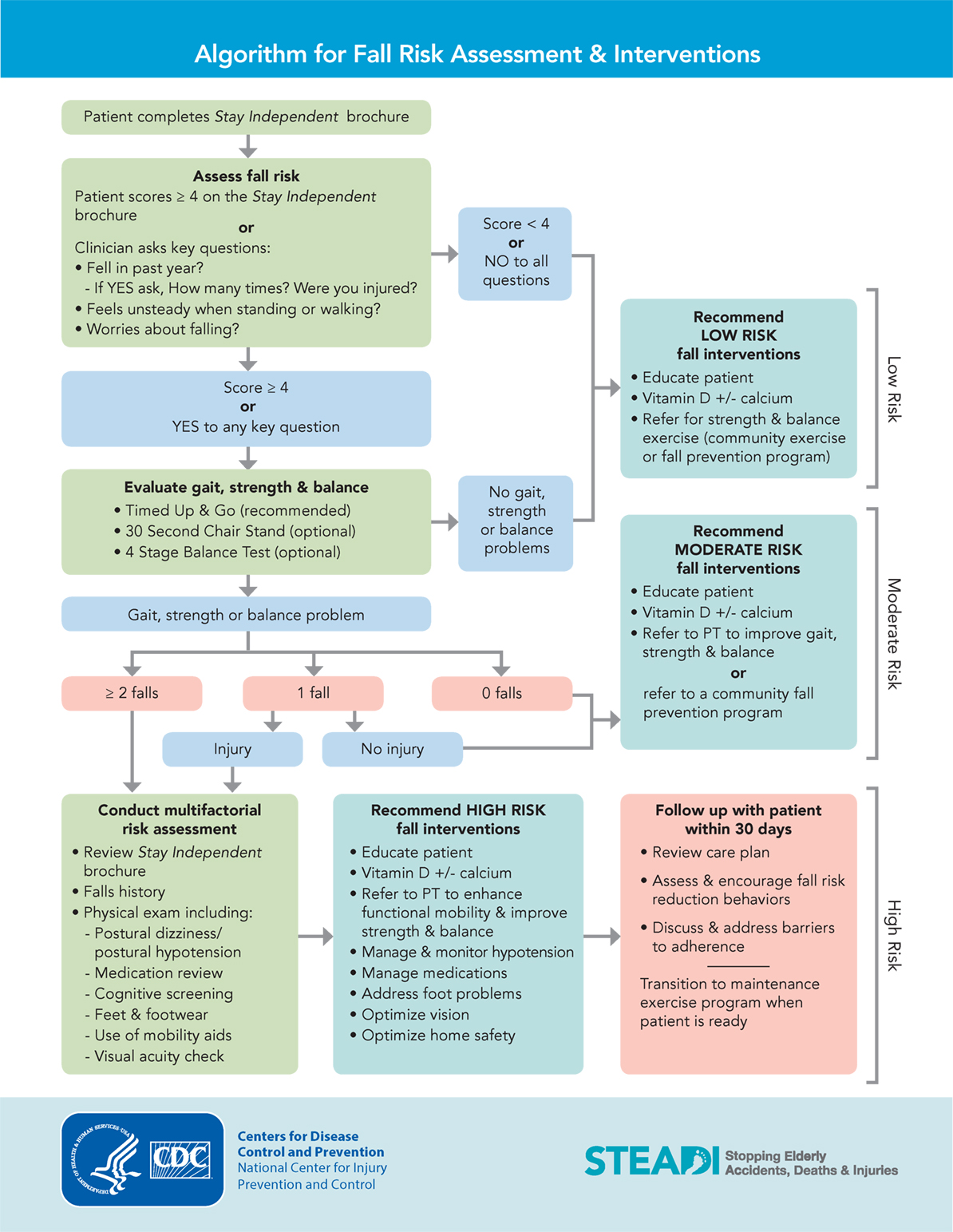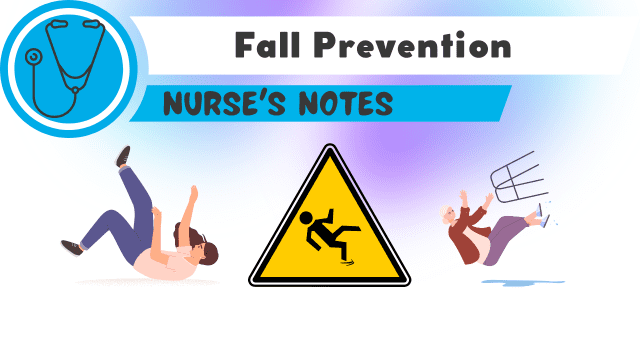The Only Guide to Dementia Fall Risk
The Only Guide to Dementia Fall Risk
Blog Article
Fascination About Dementia Fall Risk
Table of ContentsThe Main Principles Of Dementia Fall Risk Some Known Questions About Dementia Fall Risk.Fascination About Dementia Fall RiskDementia Fall Risk Things To Know Before You Get ThisMore About Dementia Fall Risk
The FRAT has 3 sections: fall threat standing, threat element checklist, and action strategy. A Fall Threat Standing consists of data about history of recent drops, medicines, mental and cognitive standing of the patient - Dementia Fall Risk.If the client scores on a danger factor, the equivalent variety of factors are counted to the person's fall threat score in package to the much ideal. If a patient's autumn danger score totals five or higher, the person goes to high danger for falls. If the individual scores only 4 points or lower, they are still at some risk of dropping, and the registered nurse should utilize their ideal clinical assessment to take care of all loss danger aspects as component of an alternative care strategy.
These basic strategies, in basic, assist develop a secure environment that lowers accidental drops and marks core preventive actions for all patients. Indications are crucial for individuals in danger for drops. Doctor need to acknowledge who has the condition, for they are liable for carrying out actions to advertise person security and stop falls.
Everything about Dementia Fall Risk
Wristbands ought to consist of the person's last and first name, date of birth, and NHS number in the UK. Details should be printed/written in black versus a white history. Just red shade must be utilized to signify unique person standing. These referrals follow existing developments in individual identification (Sevdalis et al., 2009).
Products that are as well far might call for the client to reach out or ambulate needlessly and can possibly be a danger or add to falls. Aids protect against the individual from heading out of bed without any kind of help. Nurses react to fallers' telephone call lights quicker than they do to lights launched by non-fallers.
Visual impairment can greatly create drops. Hip pads, when used correctly, might minimize a hip fracture when loss takes place. Keeping the beds closer to the flooring reduces the danger of falls and severe injury. Placing the cushion on the floor substantially reduces loss risk in some medical care setups. Low beds are developed to lessen the range a patient drops after relocating out of bed.
6 Simple Techniques For Dementia Fall Risk
Clients that are tall and with weak leg muscular tissues who try to rest on the bed from a standing placement are most likely to drop onto the bed due to the fact that it's also reduced for them to lower themselves safely. Additionally, if a tall client attempts to rise from a low bed without support, the individual is most likely to drop back down onto the bed or miss out on the bed and fall onto the flooring.
They're made to advertise prompt rescue, not to stop drops from bed. Distinct alarm systems can likewise remind the client not to rise alone. Using alarms can additionally be a replacement for physical restrictions. Besides bed alarms, enhanced supervision for risky clients additionally might help prevent falls.

Individuals with a shuffling stride rise loss chances considerably. To reduce fall threat, footwear ought to be with a little to no heel, thin soles with slip-resistant tread, and sustain the ankle joints. Encourage individual to make use of nonskid socks to protect against the feet from moving upon standing. Motivate patients to put see this here on suitable, well-fitting shoesnot nonskid socks for ambulation.
Get This Report on Dementia Fall Risk
Clients, specifically older adults, have actually reduced visual This Site capability. Lighting an unknown setting helps boost visibility if the patient should stand up during the night. In a research study, homes with ample lights report fewer falls (Ramulu et al., 2021). Enhancement in lights at home might lower fall rates in older adults (Dementia Fall Risk). The usage of stride belts by all health care carriers can promote safety when assisting clients with transfers from bed to chair.

Sitters work for guaranteeing a protected, secured, and risk-free atmosphere. Research studies demonstrated really low-certainty proof that caretakers minimize autumn risk in intense treatment healthcare facilities and just moderate-certainty that alternatives like video clip surveillance can lower sitter use without enhancing autumn risk, recommending that sitters are not as useful as originally thought (Greely et al., 2020).
The Single Strategy To Use For Dementia Fall Risk

Enhanced physical fitness minimizes the risk for drops and limits injury that is received when autumn takes place. Land and water-based exercise programs might be in a similar way valuable on equilibrium and gait and consequently minimize the danger for drops. Water exercise might add a positive advantage on balance and gait for females 65 years and older.
Chair Rise Workout is a simple sit-to-stand exercise that aids strengthen the muscular tissues in the thighs and buttocks and boosts movement and independence. The goal is to do Chair Surge workouts without using hands as the customer becomes more powerful. See sources section for a comprehensive guideline on how to execute Chair Rise exercise.
Report this page